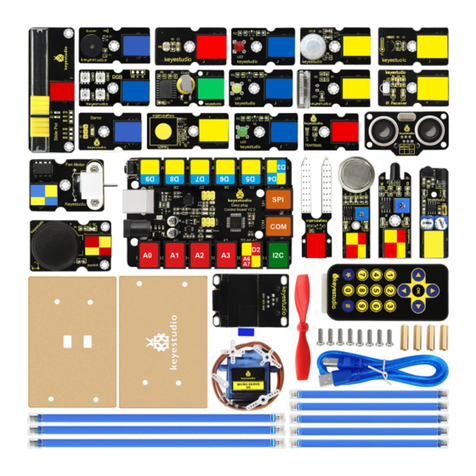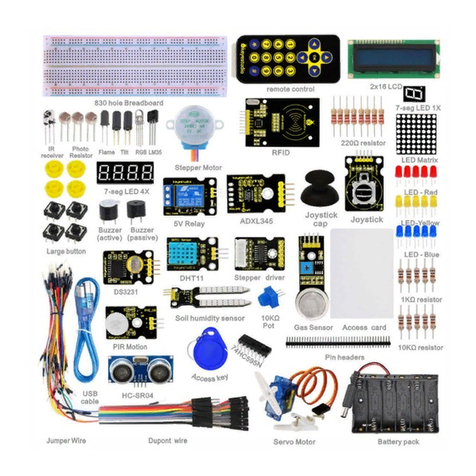
Contents
INTRODUCTION............................................................................................ 4
.................................................................... 4
.....................................................................6
.......................................................................8
................................................................................. 11
.......................................................................................16
GET STARTED WITH CIRCUIT PROJECTS!................................................17
Circuit 1: Blinking an LED.................................................................. 18
Circuit 2: Light Extension...................................................................29
Circuit 3: Potentiometer.....................................................................43
Circuit 4: Photo Resistor.................................................................... 55
Circuit 5: Buzzer..................................................................................63
Circuit 6: Button..................................................................................73
Circuit 7: 74HC595 And Segment Display........................................86
Circuit 8: 4-Digit Segment Display.................................................... 99
Circuit 9: LED Matrix Display.......................................................... 118
Circuit 10: LCD “Hello, World!”........................................................126
Circuit 11: Temperature Sensor...................................................... 135
Circuit 12: Temperature and Humidity.......................................... 143
Circuit 13: Flame Sensor..................................................................152




























